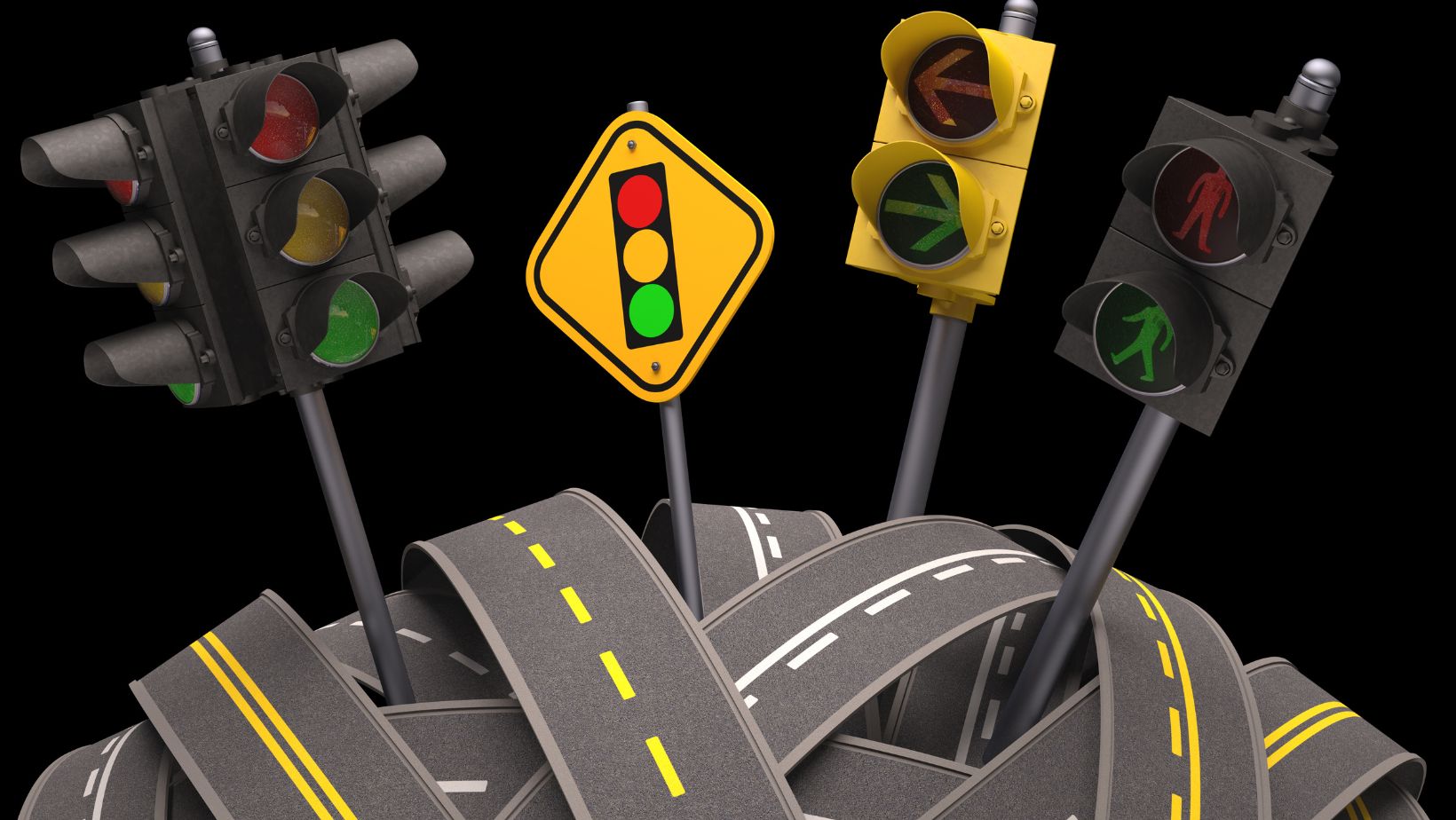 Managing road traffic is essential to keep vehicles moving safely and efficiently. A good system helps reduce traffic jams, prevent accidents, and improve travel times. These systems use tools like cameras, sensors, and computers to monitor and manage the flow of vehicles on the roads. They also guide drivers by sharing information about road conditions.
Managing road traffic is essential to keep vehicles moving safely and efficiently. A good system helps reduce traffic jams, prevent accidents, and improve travel times. These systems use tools like cameras, sensors, and computers to monitor and manage the flow of vehicles on the roads. They also guide drivers by sharing information about road conditions.
This article explains how road traffic management systems work and why they are important for daily life.
Key Parts of a Road Traffic Management System
A traffic management system relies on several components that work together to control and monitor roads effectively. Each part plays a unique role in ensuring safety and efficiency.
Monitoring Tools
Traffic management begins with tools that observe the roads. Cameras, sensors, and radar systems collect information about how vehicles move. Cameras installed at busy intersections provide video footage to monitor traffic in real time. Sensors on the roads measure vehicle speed and count the number of cars. For example, a traffic sensor can alert authorities when a road becomes too crowded, allowing them to take action to ease the congestion.
Traffic Lights and Signs
Traffic lights and road signs play a big role in controlling vehicle movement. Modern traffic lights can adjust their timing based on how busy the roads are.

During rush hours, these lights may stay green longer to help clear traffic more quickly. Road signs, including digital message boards, warn drivers about hazards, detours, or upcoming traffic delays. This helps drivers plan better routes.
Centralized Control Centers
Traffic management systems rely on a central control center to process the data collected by cameras and sensors. These centers use software to analyze the information and make decisions. Operators can use this data to adjust traffic lights, send alerts, or respond to accidents. For example, if a crash blocks a highway, the control center can redirect traffic to alternate routes.
Communication Networks
Communication systems connect all parts of the traffic management system. These networks allow control centers to share updates with traffic lights, digital signs, and even mobile apps. Quick communication ensures that everyone receives updates about changing road conditions, preventing delays and accidents.
These components work together to ensure traffic management systems run smoothly. Each part plays a role in reducing congestion and making roads safer.
How Traffic Management Systems Work
Traffic management systems follow a clear process to ensure smooth operations. Each step is crucial to improving road safety and reducing congestion.
Step 1: Collecting Data
Sensors, cameras, and GPS devices gather information about vehicle speed, traffic flow, and road conditions. This data is sent to a central control center, where it is analyzed for patterns or issues.
Step 2: Analyzing Information
Advanced software processes the collected data to identify problems, such as bottlenecks or accidents. This analysis helps traffic managers decide what actions to take.
Step 3: Taking Action
Once decisions are made, the system implements solutions. This could mean changing the timing of traffic lights, updating digital road signs, or sending alerts to drivers through navigation apps. For example, if heavy rain causes slow traffic, the system can warn drivers to be cautious and suggest safer routes.
Step 4: Evaluating Results
The system constantly evaluates how well its actions are working. If a solution is not effective, adjustments are made to improve results. This ongoing process ensures the system adapts to changing conditions.
This structured process helps traffic management systems address challenges effectively. Continuous improvement ensures they remain reliable over time.
Benefits of Traffic Management Systems
Traffic management systems bring several advantages to drivers and communities. They help make roads safer, cleaner, and more cost-effective.
Reduced Traffic Jams
Efficient traffic systems help keep vehicles moving. Adjusting traffic lights and guiding drivers to alternate routes reduces delays.
Safer Roads
Monitoring tools and quick responses to emergencies make roads safer. Warning drivers about accidents or poor weather conditions lowers the risk of further problems.
Environmental Benefits
Less time spent in traffic means fewer vehicle emissions. This helps improve air quality and reduces pollution.
Lower Costs
Better traffic flow saves money for both drivers and governments. Drivers use less fuel, and authorities spend less on managing traffic-related issues.
These benefits highlight how traffic management systems improve everyday life. From reducing travel delays to enhancing safety, they play a vital role in transportation.
Challenges in Traffic Management Systems
High costs can make it difficult for some cities to adopt the technology. Updating old infrastructure to work with modern tools is also a complex task.

Drivers may initially resist changes, like new tolls or rerouted roads until they see the benefits. Overcoming these challenges requires careful planning and investment.
The Future of Traffic Management
New technologies like artificial intelligence and connected vehicles will likely shape the future of traffic systems. Autonomous cars, for instance, could communicate with traffic lights and other vehicles to avoid accidents and reduce delays. However, these advancements will need strong infrastructure and continuous innovation to succeed.
Conclusion
Road traffic management systems are essential for safer and more efficient roads. They use technology, data, and communication to reduce congestion and improve travel experiences. Although challenges remain, these systems are constantly evolving to meet the needs of growing populations. With ongoing advancements, they will continue to play a key role in improving everyone’s transportation.















